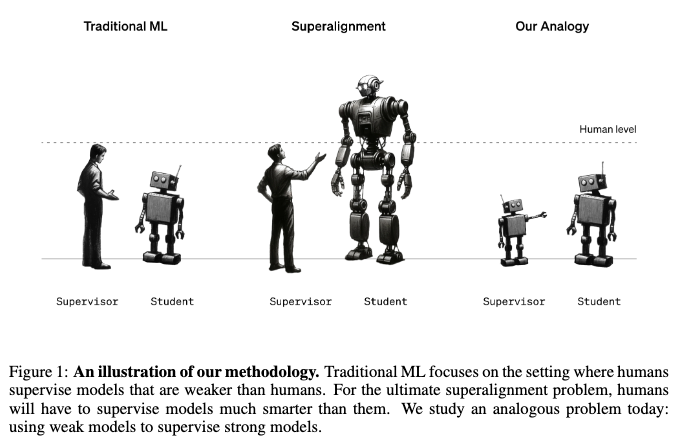How to use AI for Research (effectively)
A guide to using AI tools to enhance your research workflow, from finding papers to understanding them and writing about your findings.
As with all other domains, there are a myriad of ways that you can choose to implement AI into your research workflows. Large language models (LLMs) are currently knocking math and reasoning benchmarks out of the field, but the tools that we actually use to add them into our life are still lacking, outside of software engineering.
Most tools still emit slop, hallucinate, and turn the human into a glorified operator. In the long run, it is not useful to replace the core impulse to think and nurture ideas with an AI system -- our own neural networks are the ones that would suffer for it most.
At Open Paper, we're working on a different paradigm of AI augmentation, one in which people are freed up to use their time on the work that matters most. Used in the right way, we get more time to focus, unconstrained to simply invest in the things that we find most useful - thinking about our research, working on projects, or just having more time for the curiosities of life - while machines help us eliminate the cruft.
This is a major reason why papers are at the center of Open Paper - because people still need to read and learn information to build on top of it more effectively. We don't want to obfuscate the core wisdom hidden in the paper. Rather, we want to give it better lighting, so that it can be understood.
How to use AI to be more effective with research

In the same way that teachers can help students surpass their abilities, we can use AI to help researchers surpass their abilities. This simple illustration above from OpenAI's weak to strong generalization paper helps represent the idea, albeit in reverse.
The key is to use AI as a copilot rather than a replacement. Here are some ways to effectively integrate AI into your research workflow:
- Use AI tools to help you find relevant existing research
- Augment your hypotheses with additional context
- Develop counter-arguments to your hypotheses
- Extract key points from research papers
- Ask specific questions for better, personalized understanding, especially in new domains
- Read the sources yourself, or at least skim them to internalize the gist
- Always write your first draft yourself. Use AI to copy-edit and handle the templating, but all the original ideas should be your own.
A Proposed Model of the World
| 📈 More Time Spent | 📉 Less Time Spent |
|---|---|
| Testing novel hypotheses | Finding prior work done on a topic |
| Building on relevant research | Formatting documents into appropriate formats |
| Iterating on previous claims | Wrangling citations spread across multiple papers |
| Developing an unparalleled understanding of prior art | Finding the right paper that mentioned specific experiments |
In the future, it's more likely that people will be able to go deeper into specialities at a pace that we haven't been able to before, given we have graceful AI copilots amplifying us along the way.
The first step in the execution plan is to develop an experience that helps researchers read and make sense of their research much faster, thereby increasing execution velocity and paving the way for more meaningful work.
Got some feedback on our approach? Reach out to us at [email protected].